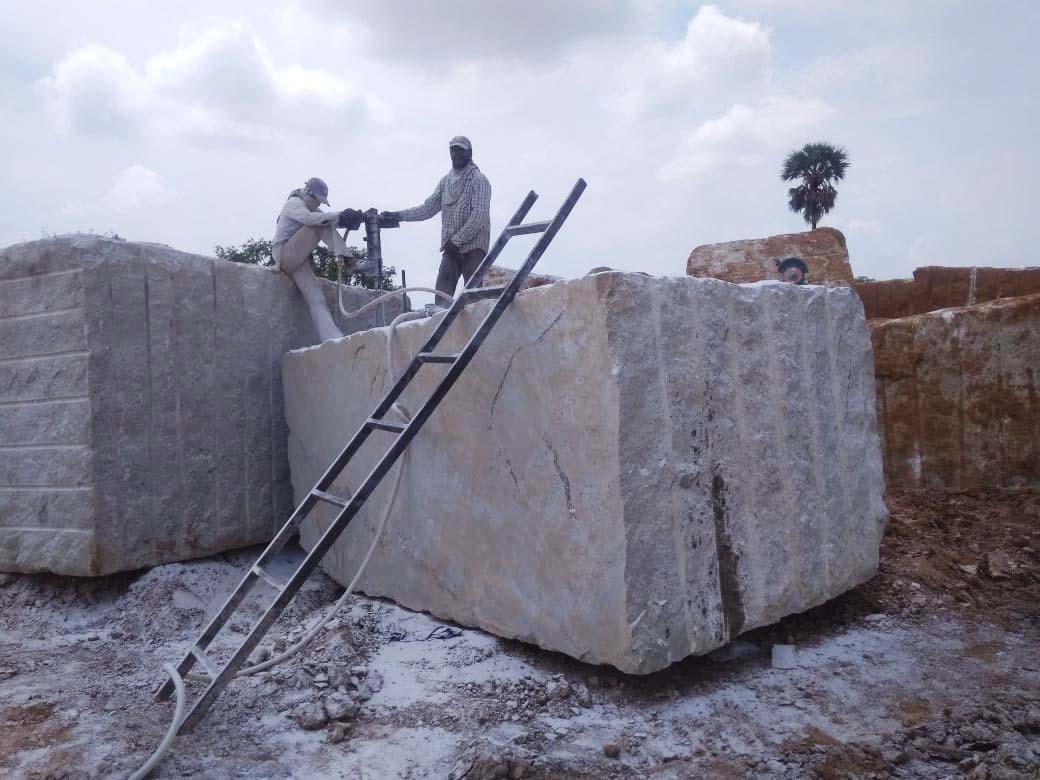The Hidden Gems: Discovering Granite Quarries in South Africa
Discovering the Rich Background and Sustainable Practices of Granite Quarrying
As we depend on the precipice of uncovering the detailed tapestry of granite quarrying, a journey via time discloses not just the physical act of removing stone however additionally the cultural and historic significance woven into the extremely material of this technique. From the ancient beginnings that laid the structure for modern quarrying strategies to the lasting techniques that are forming the future of this market, each chisel mark on granite surfaces narrates waiting to be unearthed (granite quarries in south africa). The legacy of granite quarrying extends much past mere extraction; it is a testimony to human resourcefulness, resilience, and the enduring appeal of this impressive stone
Ancient Origins of Granite Quarrying
Going back to old human beings, the practice of quarrying granite has been an important component of human background and building advancement. The earliest evidence of granite quarrying dates back to ancient Egypt, where enormous pyramids and detailed sculptures were crafted from this sturdy rock. The Egyptians utilized primitive tools to extract granite blocks from quarries, showcasing the significance of this product in their huge constructions.
Moving forward in history, the Greeks also made significant contributions to the quarrying of granite. The Greeks used granite in various architectural wonders, such as holy places and statuaries, showing their ability in shaping and sculpting this sturdy stone. The Romans additionally refined the techniques of quarrying granite, employing advanced devices like knives and hammers to remove and form granite for their famous structures.
Through the centuries, the practice of quarrying granite has actually advanced, with modern-day innovations improving efficiency while maintaining the classic allure of this natural stone - granite quarries in south africa. From old human beings to modern home builders, the legacy of granite quarrying continues to form our globe
Development of Quarrying Techniques
The evolution of quarrying strategies has been marked by a continual development towards better performance and precision in extracting granite. From the rudimentary approaches utilized by our ancestors to the innovative innovations utilized in modern-day quarrying operations, the industry has actually undergone substantial improvements. Early quarrying techniques entailed manual work with standard tools such as knives, hammers, and wedges to draw out granite blocks from the planet. As people progressed, methods like fire-setting and primitive explosives were presented to facilitate the removal process.
Improvements in computer-controlled tools and 3D modeling have enhanced quarrying procedures, leading to very little environmental effect and enhanced sustainability practices. As the demand for granite proceeds to climb, the development of quarrying strategies remains essential to meeting market needs effectively and sustainably.
Cultural Importance of Granite
Granite holds an extensive cultural significance throughout numerous civilizations due to its long-lasting visibility in architectural work of arts and respected monoliths. The social importance of granite extends beyond its physical qualities; it embodies strength, security, and timelessness, making it an icon of enduring heritages and traditions.

Lasting Practices in Quarrying
Amidst the rich background of granite quarrying and its cultural significance lies an expanding emphasis on sustainable methods within the industry. As environmental awareness and problems about source exhaustion have actually enhanced globally, the quarrying field has increasingly welcomed sustainable techniques to reduce its effect on the environment and surrounding communities.

In addition, improvement and recovery of quarry sites post-extraction are important to sustainable practices. By recovering quarried locations to a natural or advantageous state, such as creating wild animals environments or leisure rooms, quarriers can counter the environmental impact of their operations and add positively to the regional ecosystem.
Legacy of Granite Quarrying
With a historic background steeped in craftsmanship and commercial progression, what sustaining impact has granite quarrying left on the landscape of modern society? The tradition of granite quarrying transcends mere extraction methods; it has actually formed architectural marvels, city landscapes, and social heritage worldwide. The sturdy nature of granite has made it a preferred choice for monuments, structures, and framework, standing as a testimony to the ability and artistry of quarry employees throughout why not find out more generations.
Moreover, the financial impact of granite quarrying can not be ignored. The market continues to provide job opportunity and drive regional economies in regions where granite extraction prevails. It has actually also spurred technical improvements in quarrying techniques and equipment, bring about much more efficient and sustainable techniques.
In terms of sustainability, the legacy of granite quarrying includes efforts to alleviate environmental effects with recovery tasks and responsible resource administration. By stabilizing financial passions with ecological stewardship, the sector makes every effort to ensure that future generations can remain to profit from this long-lasting natural resource.
Conclusion
